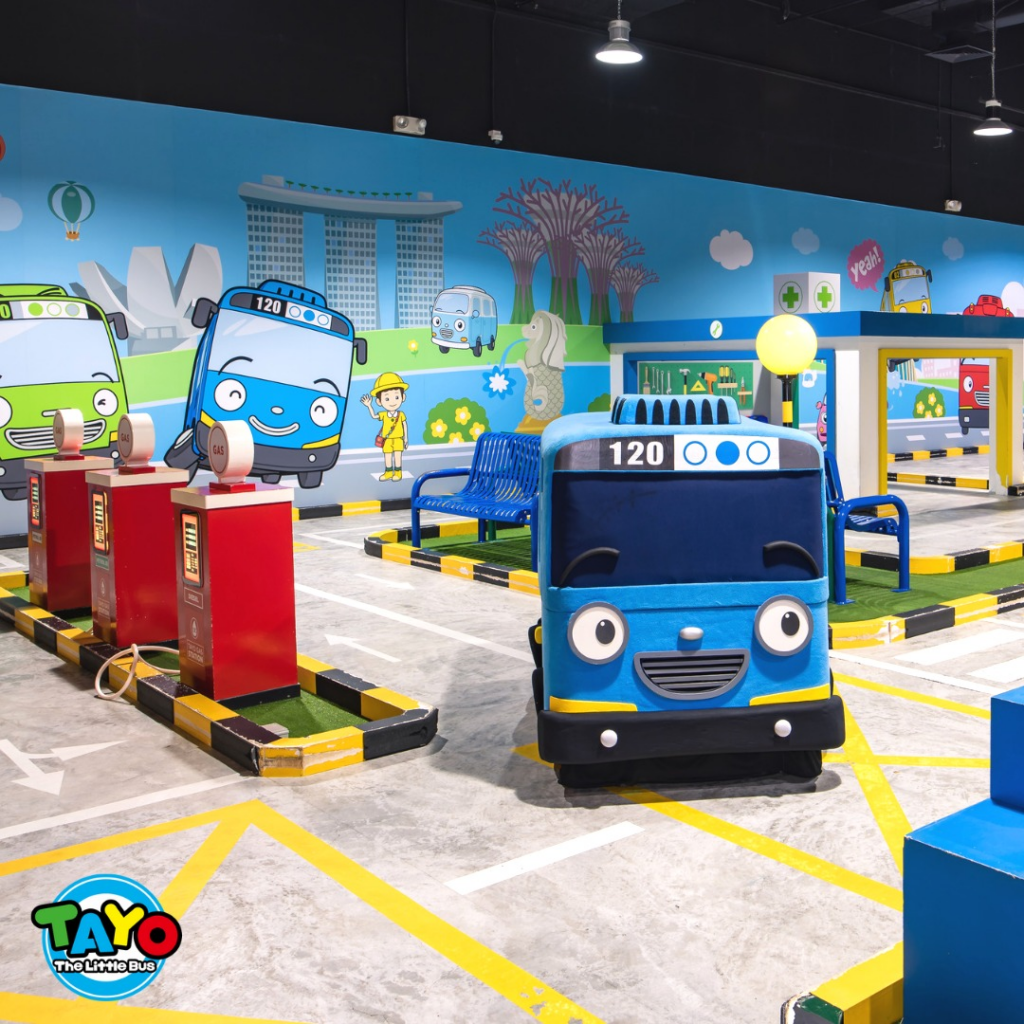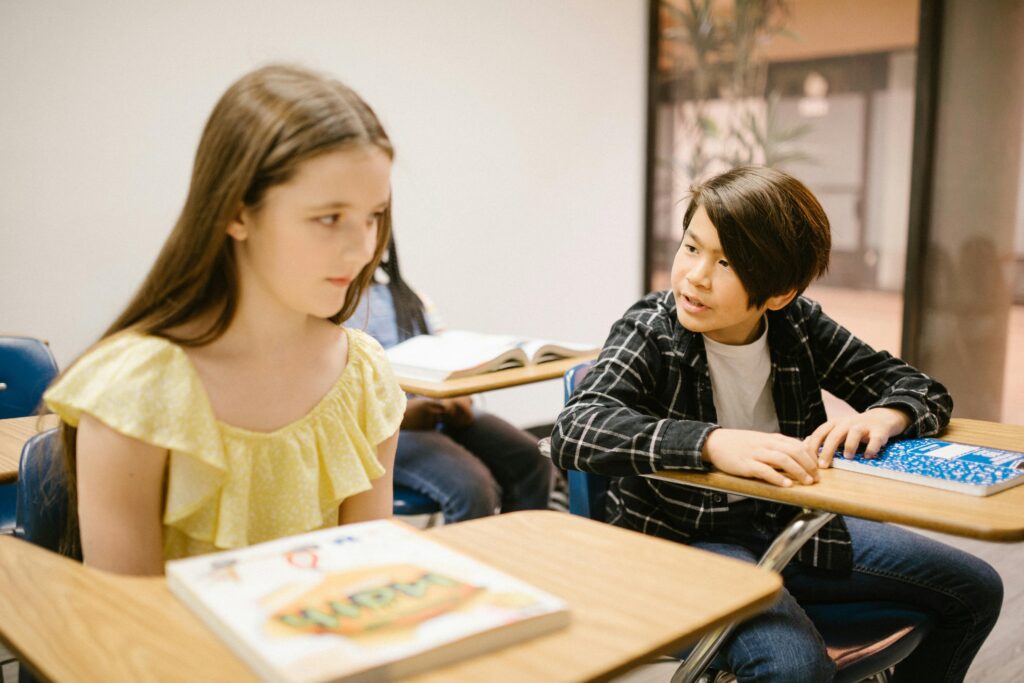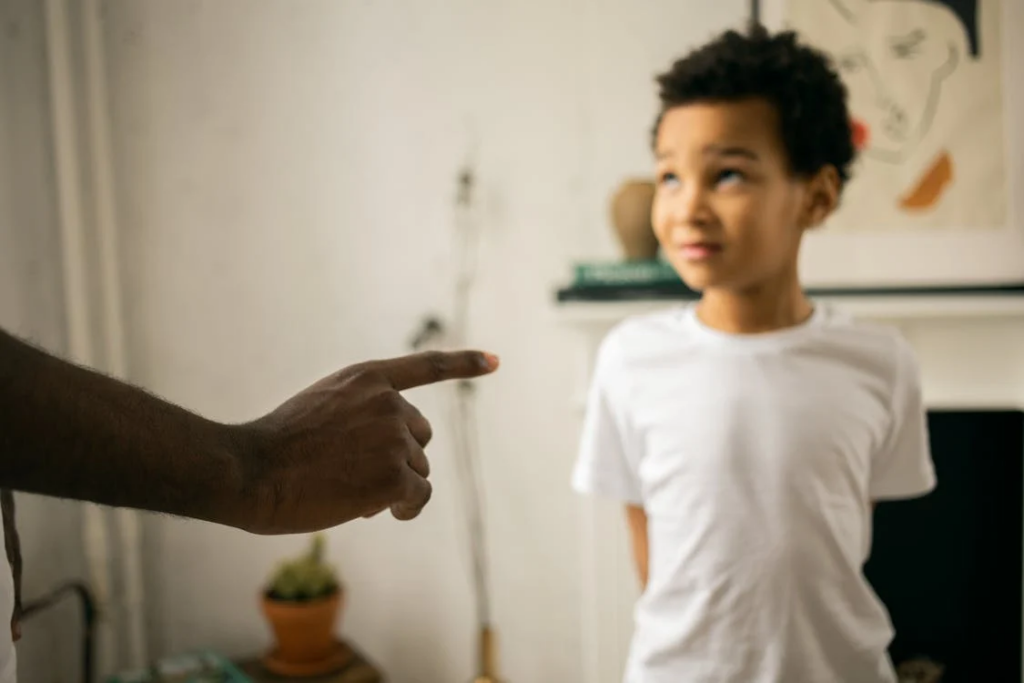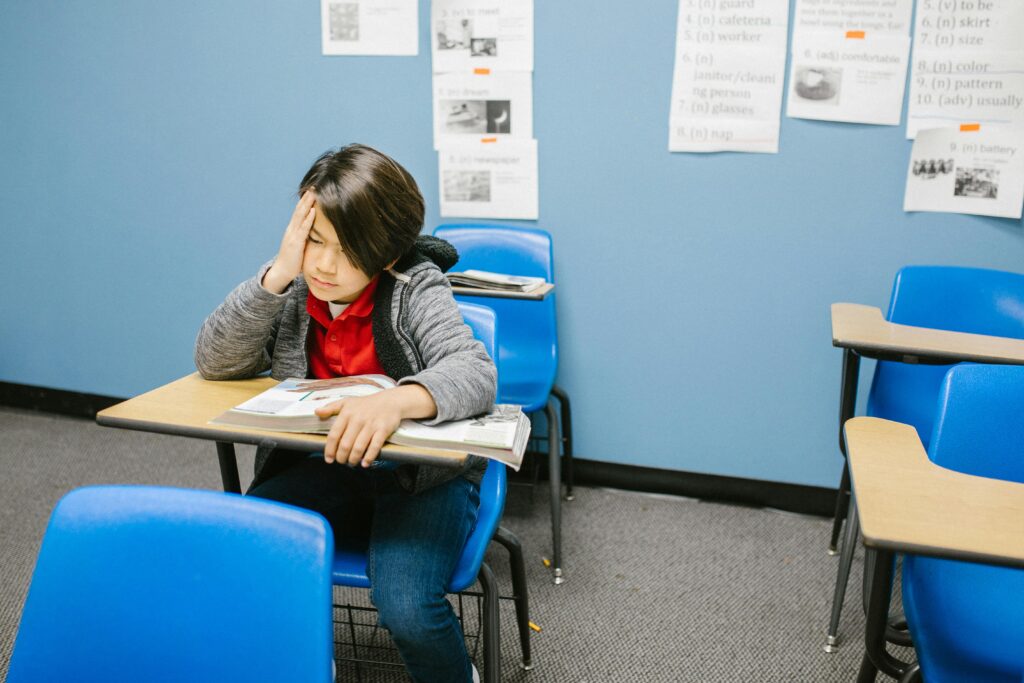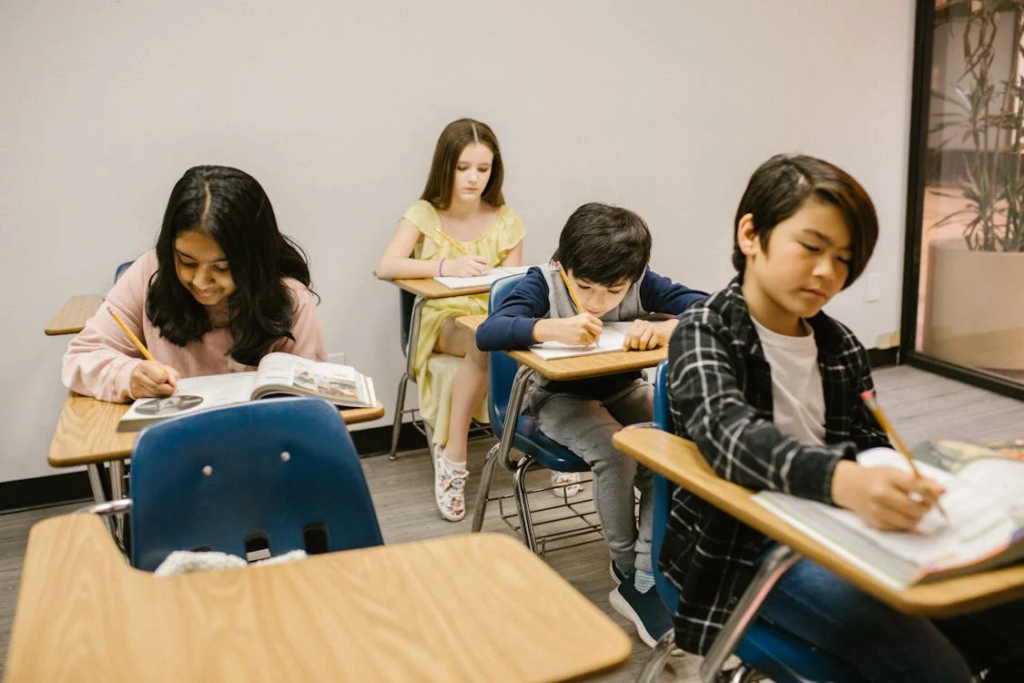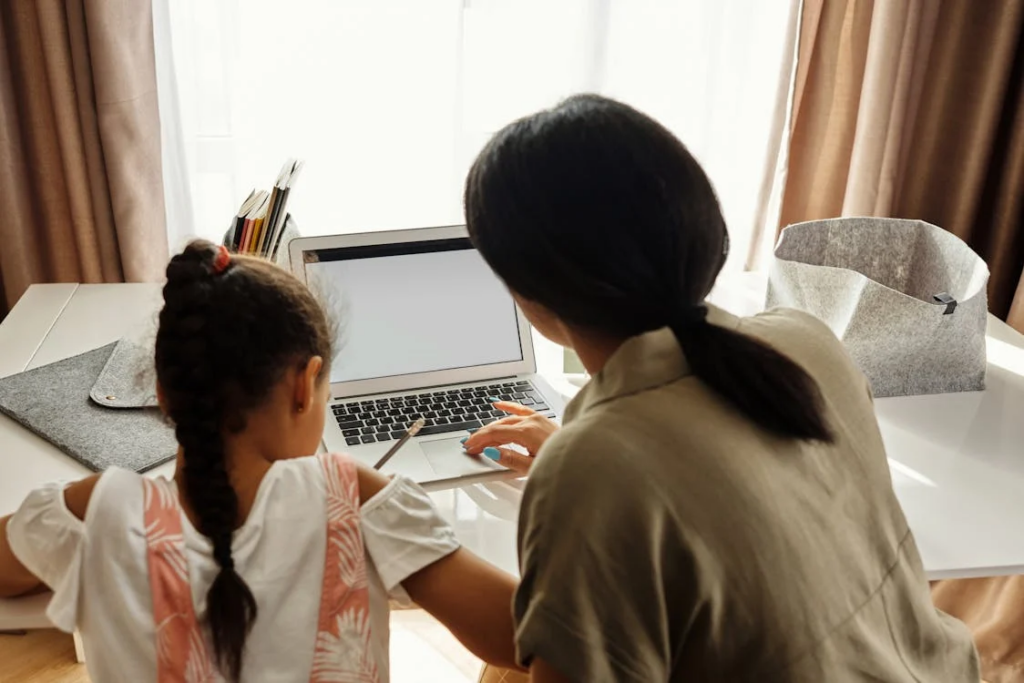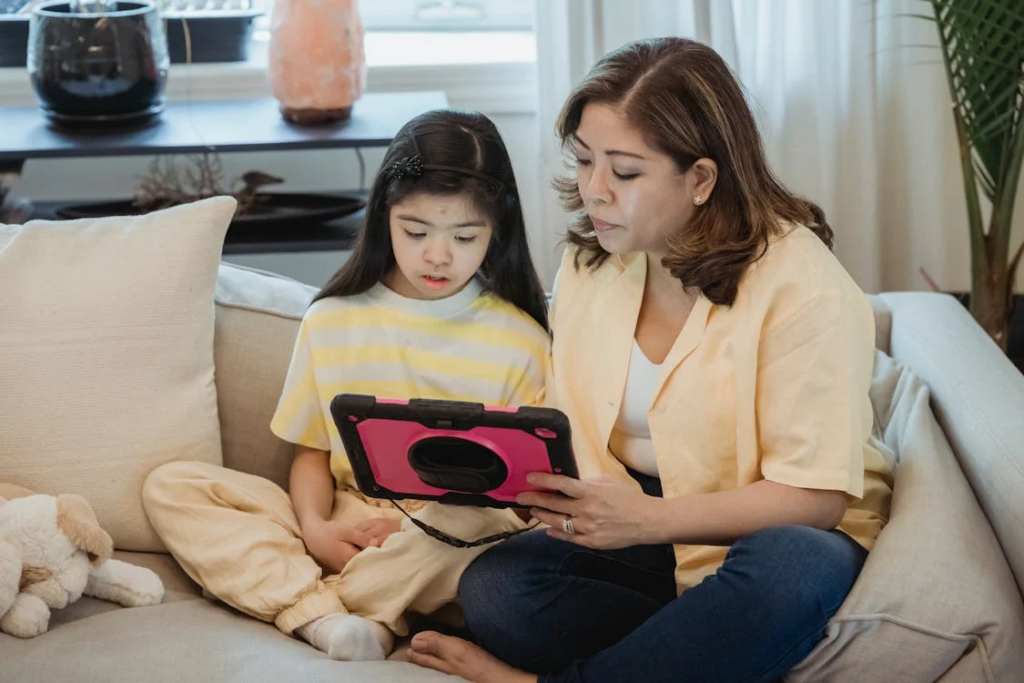"Balancing your commitments and school involvement isn’t about perfection—it’s about finding what works for you."
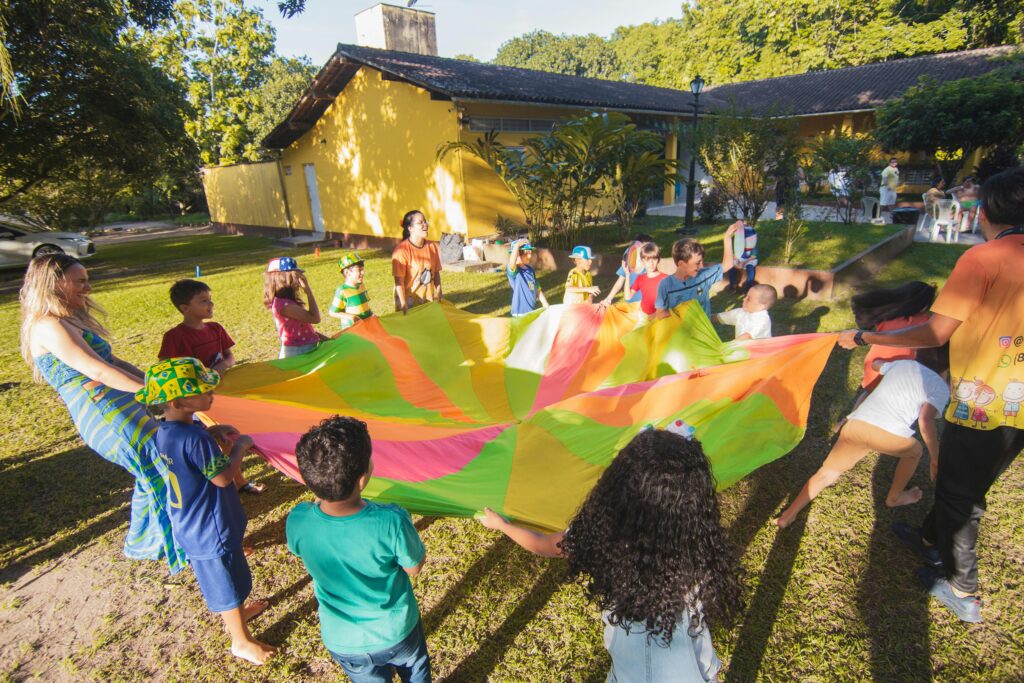
Schools often host a variety of events. Many of these activities rely on parents to step in and help out as volunteers.
When your child is in kindergarten, it’s often easier to get involved. At this stage, young children need more hands-on support and your presence at school events. However, as your child grows older, the number of school events tends to increase, and your own responsibilities and priorities become more complex.
If you have other important commitments, the pressure to choose between your obligations and volunteering at school can be overwhelming. It’s natural to feel guilty about not being able to participate in every event, but it’s essential to find a balance that works for you without adding unnecessary stress.
1. The Pressure to Volunteer

In many communities, there’s a significant expectation for parents to be actively involved in their child’s school events. Schools often rely on parent volunteers for a variety of activities, from fundraisers and classroom assistance to serving on school committees. This expectation can sometimes feel overwhelming, especially for parents juggling multiple responsibilities.
The pressure to volunteer can come from several sources. For one, seeing other parents who are heavily involved can create a sense of obligation. It’s easy to feel like you’re falling short when you notice peers attending every event or taking on major roles at school.
Teachers and school staff might request parental help directly, adding to the pressure. While these requests are usually made with the best intentions, they can sometimes make parents feel guilty if they’re unable to contribute as much as they’d like.
2. Valid Reasons

There are several legitimate reasons why some parents might find it difficult or impossible to participate. Understanding these reasons helps create a more empathetic view of the challenges faced by different families.
Work Commitments:
Many parents have demanding jobs that come with long hours or inflexible schedules. For these parents, meeting work deadlines and managing job responsibilities often take precedence. Juggling a career with family obligations can leave little time for school-related activities. In such cases, the pressure to volunteer may clash with their professional commitments, making it challenging to contribute to school events.
Family Responsibilities:
Parents who care for younger children, elderly relatives, or both may find their time stretched thin. Single parents, in particular, may struggle without additional support, as they often have to manage household chores and childcare on their own. The balance between these responsibilities and volunteering can be tough to achieve, especially without backup help.
Personal Health and Well-being:
Health issues, whether physical or mental, can greatly affect a parent’s ability to engage in school activities. Managing chronic health conditions or mental health challenges requires considerable time and energy. For some parents, prioritizing their own well-being means stepping back from volunteering. It’s important to recognize that not everyone has the capacity to participate in school events due to these health concerns.
Mismatch of Skills and Opportunities:
Sometimes, volunteering opportunities may not align with a parent’s skills or availability. Schools may offer roles that don’t fit every parent’s interests or expertise, making it harder for them to get involved. If the volunteer roles are not tailored to accommodate different needs and schedules, some parents might find it difficult to participate
3. Alternative Ways to Support Your Child

If you’re unable to volunteer directly at school, there are still plenty of effective ways to support your child’s education. Here are some alternative approaches that can make a significant impact:
Stay in Touch with Teachers:
This communication helps you stay updated on your child’s progress and allows you to address any concerns that might arise. Teachers often appreciate feedback from parents, and it can be beneficial for the school’s overall improvement. Discussing your child’s school report with their teacher can provide valuable insights and help you understand the steps you might need to take to support their learning.
Participate in Parent-Teacher Associations (PTAs):
If attending school events isn’t possible, consider engaging with Parent-Teacher Associations or similar organisations. Many PTAs offer remote or less time-consuming ways to contribute, such as participating in online meetings or helping with planning behind the scenes. This involvement allows you to support the school community without requiring a frequent physical presence.
Support School Fundraisers and Events:
Supporting school fundraisers and events is another way to contribute. Even if you can’t be there in person, you can make financial contributions or promote these events through your social media channels. Your support helps the school raise the necessary funds and increase participation, which can benefit various programs and activities.
Encourage Extracurricular Activities:
Supporting your child’s involvement in extracurricular activities is a meaningful way to show your encouragement. For example, if your child is participating in a sports game, attending the game to cheer them on can be very supportive. Similarly, if they are involved in art or drama, being in the audience and watching them perform shows that you value their interests. The best part is that you can attend these events without worrying about how they’re organised. Your presence and encouragement help your child thrive outside the classroom, even if you’re not directly involved in organising or managing the events.
Facilitate Peer Study Groups:
Encouraging your child to form or join study groups with classmates can also be beneficial. You can offer to host these study sessions at your home, providing a supportive and welcoming environment for their group work.
4. Embracing Different Forms of Support

It’s important to recognise that not all parents are a perfect fit for school volunteering activities, and that’s perfectly okay.
Adopting a compassionate view on parental involvement means recognising that direct volunteering isn’t the only way to show support. The key is to support your child in ways that work best for your situation and strengths.
In the end, what matters most is not the act of volunteering itself but how you engage with and support your child. Being present and supportive, both in and out of school, is what truly makes a difference.










































